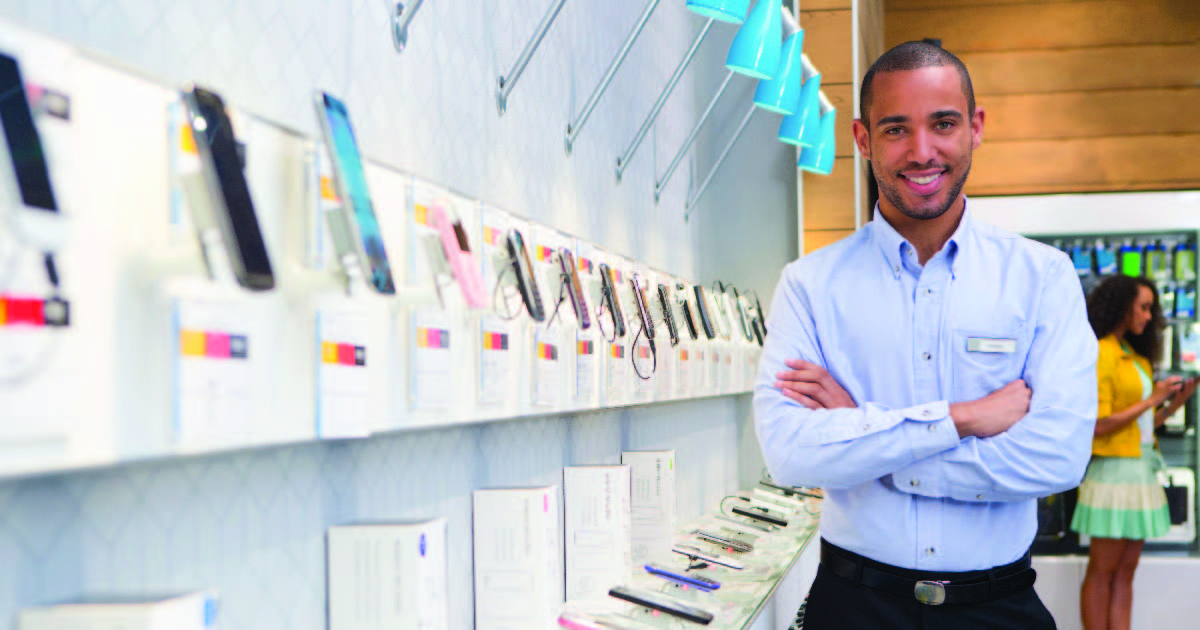The Demand for Sustainability and Clear Brand Values
Posted: 07/15/2021 | Author: Jim Lochner for Creatives On Call

Consumers are increasingly embracing social causes and seeking products and brands that align with their personal values. But they’re also more aware of “greenwashing,” the egregious practice of companies giving the false impression of environmental positivity to boost sales. Sharing the same values fosters brand loyalty. But breach that trust, and customers will jump ship. 47% of consumers have switched brands after a company violated their personal values, particularly when it comes to protecting the environment, a lack of transparency, and climate change. Many of these companies are hiring teams to get up to speed with their sustainability output. Interested? Let's talk about how we can support you.
Two-thirds of consumers consider sustainability when making a purchase, and 57% are willing to change their shopping habits to reduce environmental impact. In addition, consumers will pay a premium for brands that offer “clean” products, use organic ingredients, support recycling, and are sustainable and/or environmentally responsible. The pandemic has also changed sustainability purchases—for the better. 90% of consumers say they are more concerned about environmental issues now, and nearly 95?lieve their actions can help reduce unsustainable waste, tackle climate change, and protect wildlife and biodiversity.
110 companies (and counting) are participating in The Climate Pledge, an ambitious initiative to reach net-zero carbon by 2040, a decade earlier than the Paris Agreement. But companies large and small are having to step up with real, authentic solutions that are environmentally sound or risk losing current and future customers.
Sustainability in the CPG Marketplace
50% of CPG growth from 2013 to 2018 came from sustainability-marketed products. Products with a sustainability claim on the packaging accounted for 16.6% of the market and delivered nearly $114 billion in sales. In more than 90% of the CPG categories, sustainability-marketed products grew faster than their conventional counterparts, with the highest share (more than 18%) going to toilet paper, facial tissue, milk, yogurt, coffee, salty snacks, and bottled juices.
Some of the biggest CPG companies are making great strides in sustainability. For example, Proctor & Gamble has a 2030 goal to reach 100% recyclable or reusable packaging and a 50% reduction in virgin petroleum plastic consumption. In addition, snack giant Mondelēz (Cadbury, Chips Ahoy!, Honey Maid, Oreo, Ritz, Triscuit, Wheat Thins) pledged to have 100% recyclable packaging and 100% sustainable cocoa sourcing for chocolate by 2025. Nestlé is also committed to making 100% of its packaging recyclable or reusable by 2025 and plans to reduce its use of virgin plastics by one-third in a shift to food-grade recycled plastics.
Sustainability for Businesses
But it’s not all about products. Shoppers expect companies to provide information on corporate sustainability policies, and business leaders are taking note. 60% have a sustainability strategy, and 90% say consumers hold them accountable for their business’s environmental impact—more than shareholders, employees, or government regulators. But consumers are doing more than just checking the list of ingredients on a label. 73% say traceability of products—sourcing, how products are made or processed, and delivery—is important. So how do you communicate your sustainability efforts?
Craft a clear mission statement. 77% of consumers are more willing to purchase from a company with a corporate social responsibility (CSR) pledge.
Devise a strategy and define your goals. Use messaging that expresses your mission and initiate programs that practice what you preach.
Post your initiatives on your website. Use success stories, employee testimonials, and other content to show investors, employees, and customers what your company is doing to be sustainable.
Deliver a consistent, emotional narrative. Publicize your sustainability efforts across all channels—website, social media channels, PR, and third-party sites where your brand is represented—to drive loyalty and connect with your customers on sensitive, complex, and serious issues they care about.
Make it company-wide. Sustainability and authenticity start within your company. Your employees need to believe and live those values.
* * *
These days, it’s not enough to slap the words “all natural,” “fair trade,” or “organic” on the packaging and call it a day. Consumers want authenticity in the brands they use.
Successful brands promote their sustainable practices and help their customers make their own difference. Making sustainable changes is good for the planet. But it can also help you genuinely connect with your customers through shared values, creating a positive relationship that can increase conversion and referrals. Need help with your sustainability strategy and implementation? Creatives On Call has experienced creatives standing by to help with strategizing, messaging, packaging design, and more. Give us a call!
____________
This is a time for marketers to step up to the challenge and get creative in meeting current demands and behavior changes. Creatives On Call supports your business through this. Contact us here. We have Marketing professionals ready to start in areas including:
• Strategy & Advisory
• Design and Production
• Content Creation & Management
• Customer Engagement & Experience
• Learning & Knowledge Management
• Digital Technology & Transformation
